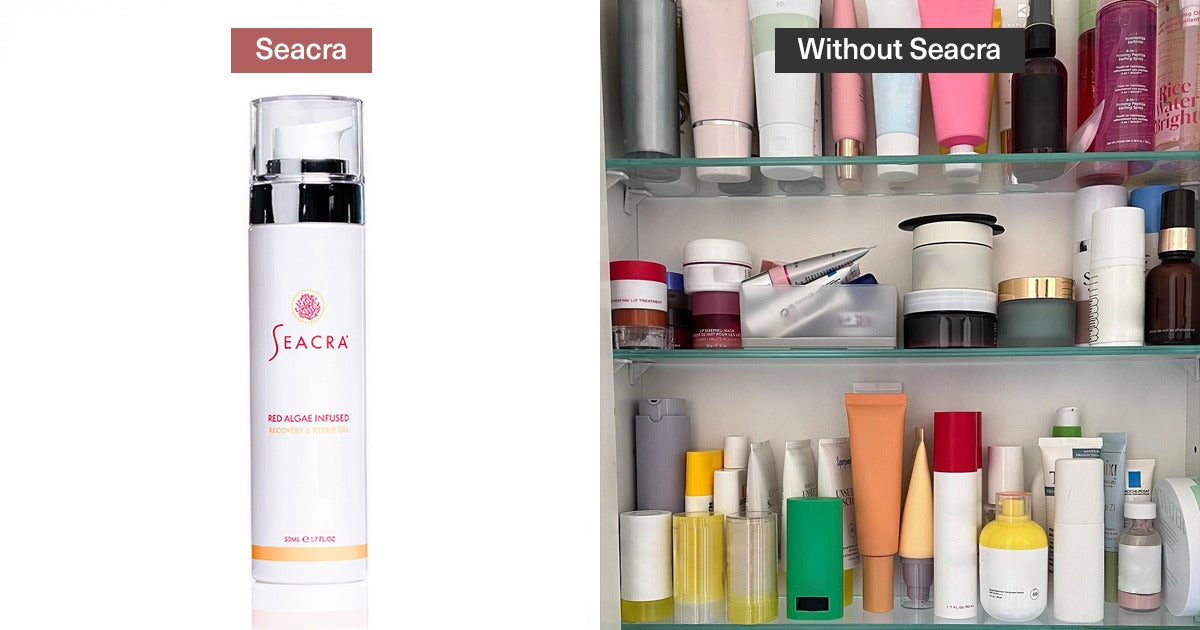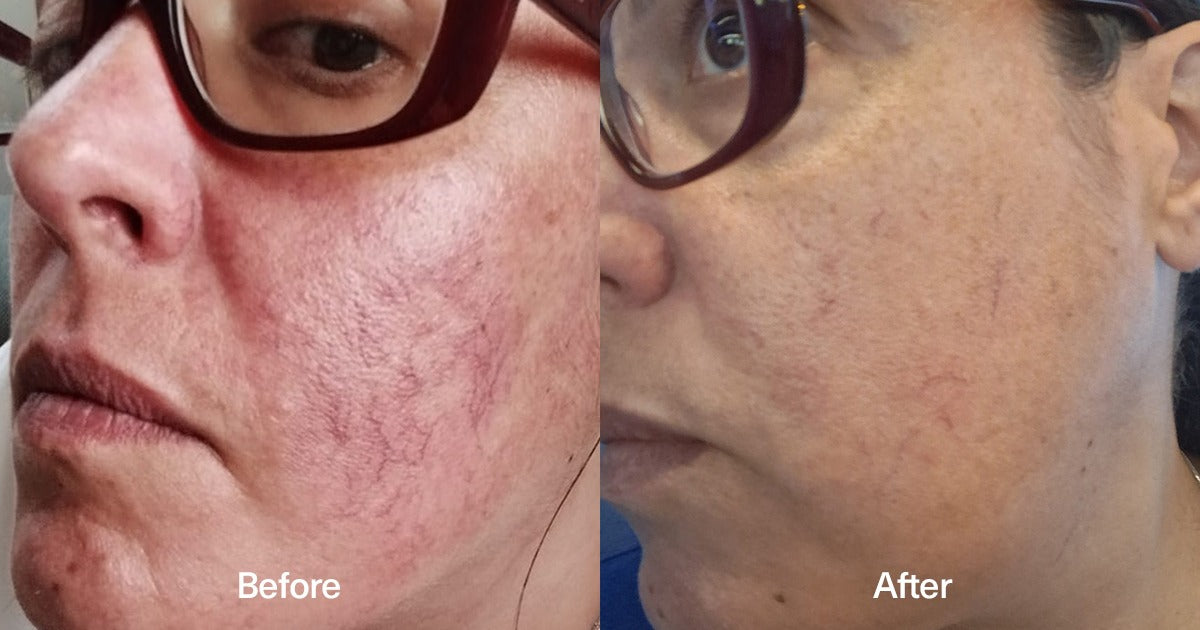Skin cancer is the abnormal growth of skin cells, often triggered by unrepaired DNA damage that leads to mutations. These mutations cause skin cells to multiply rapidly and form malignant tumours. Skin cancer is one of the most prevalent forms of cancer globally, but it is also one of the most preventable types of cancer.
Types of Skin Cancer:
Basal Cell Carcinoma (BCC): Basal cell carcinoma is the most common form of skin cancer. It typically appears as a small, shiny bump or a flesh-coloured, pearl-like lesion on the skin. BCC usually develops in areas that are frequently exposed to the sun, such as the face, neck, and hands. While it rarely spreads to other parts of the body, if left untreated, it can invade surrounding tissues and cause disfigurement.
Squamous Cell Carcinoma (SCC): Squamous cell carcinoma is the second most common type of skin cancer. It often presents as a firm, red nodule, or a flat sore with a scaly crust. SCC commonly occurs on sun-exposed areas of the body, including the face, ears, lips, and hands. Although it is less aggressive than melanoma, SCC can spread to other areas of the body if left untreated.
Melanoma: Melanoma is the most dangerous type of skin cancer, although it is less common than basal cell and squamous cell carcinomas. Melanoma develops from melanocytes, the pigment-producing cells in the skin. It often appears as a dark brown or black spot with irregular borders and asymmetrical shape. Melanoma can occur anywhere on the body, including areas not exposed to the sun. If not detected early, melanoma can spread to other organs and become life-threatening.
Merkel Cell Carcinoma: Merkel cell carcinoma is a rare but aggressive form of skin cancer that develops from Merkel cells, which are found in the deepest layer of the epidermis. It usually appears as a painless, firm, flesh-coloured or bluish-red nodule on the skin. Merkel cell carcinoma tends to grow rapidly and can spread quickly to other parts of the body.
Symptoms of Skin Cancer:
- Changes in the size, shape, or colour of a mole or spot on the skin
- Irregular borders or asymmetrical shape of a lesion
- Itching, tenderness, or pain in a skin lesion
- Bleeding or oozing from a skin lesion that doesn't heal
- A shiny, pearly bump that may bleed easily (indicative of basal cell carcinoma)
- A red, scaly patch or a firm, red nodule (indicative of squamous cell carcinoma)
- Dark brown or black spots with irregular borders (indicative of melanoma)
Prevention of Skin Cancer:
Sun Protection: Limit exposure to the sun, especially between 10 a.m. and 4 p.m. when the sun's rays are the strongest. Wear protective clothing, such as wide-brimmed hats. Use sunscreen with a high SPF and reapply it every two hours or after swimming or sweating.
Avoid Tanning Beds: Tanning beds emit harmful UV radiation, increasing the risk of skin cancer. Avoid using tanning beds and opt for safer alternatives like self-tanning products.
Regular Skin Checks: Perform self-examinations of your skin regularly to monitor any changes in moles, freckles, or spots. Schedule regular skin cancer screenings with a dermatologist, especially if you have a family history of skin cancer or other risk factors.
Healthy Lifestyle: Maintain a healthy lifestyle by eating a balanced diet, exercising regularly, and avoiding smoking and excessive alcohol consumption. A healthy lifestyle can boost your immune system and help prevent skin cancer.
Early detection and prompt treatment are crucial for effectively managing skin cancer. If you notice any suspicious changes in your skin, consult a healthcare professional for evaluation and appropriate management. By adopting sun-safe behaviours and being vigilant about skin health, you can reduce your risk of developing skin cancer.




